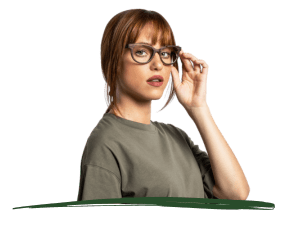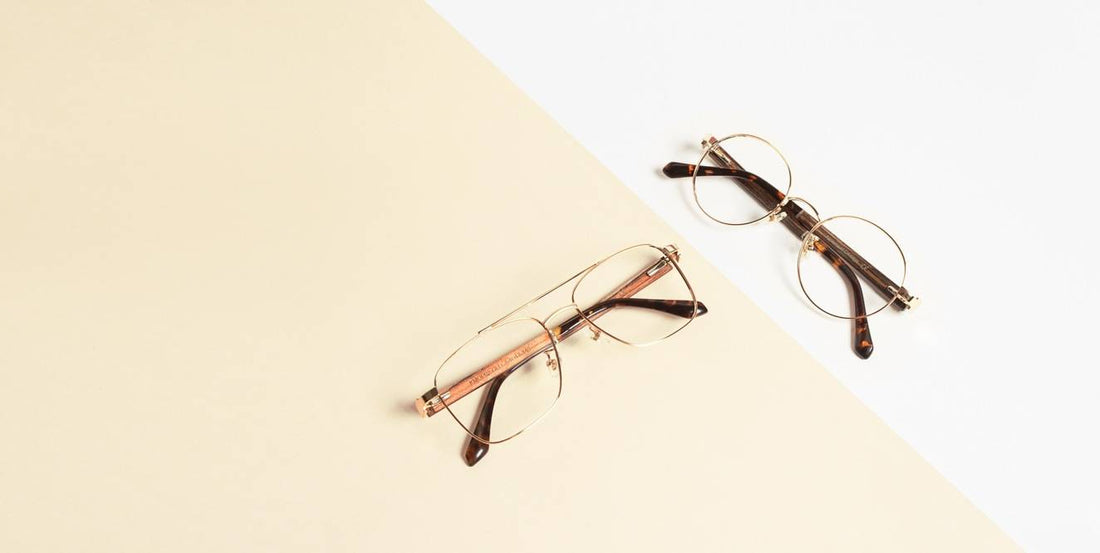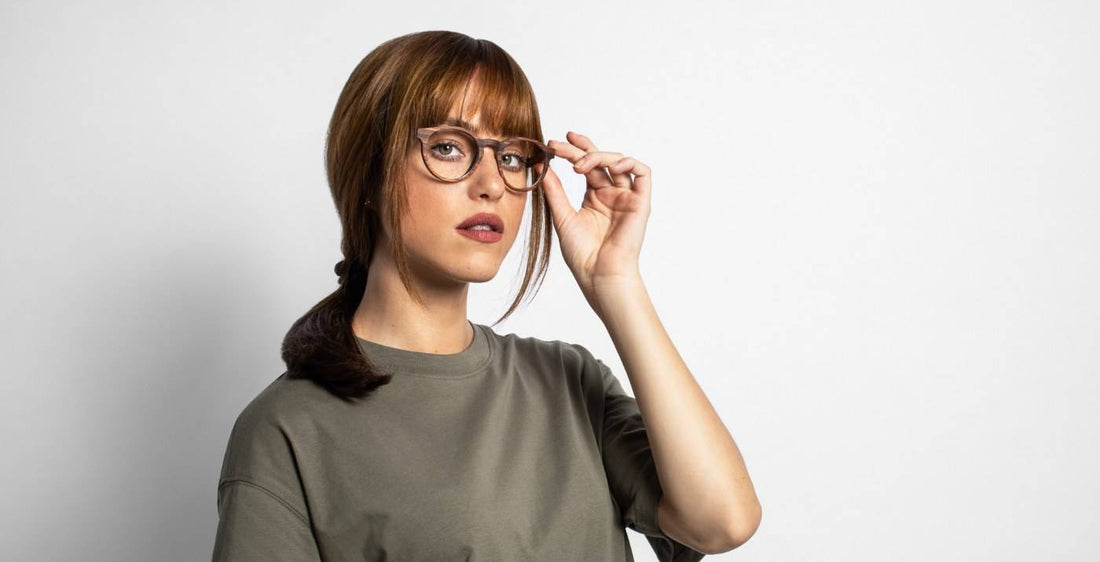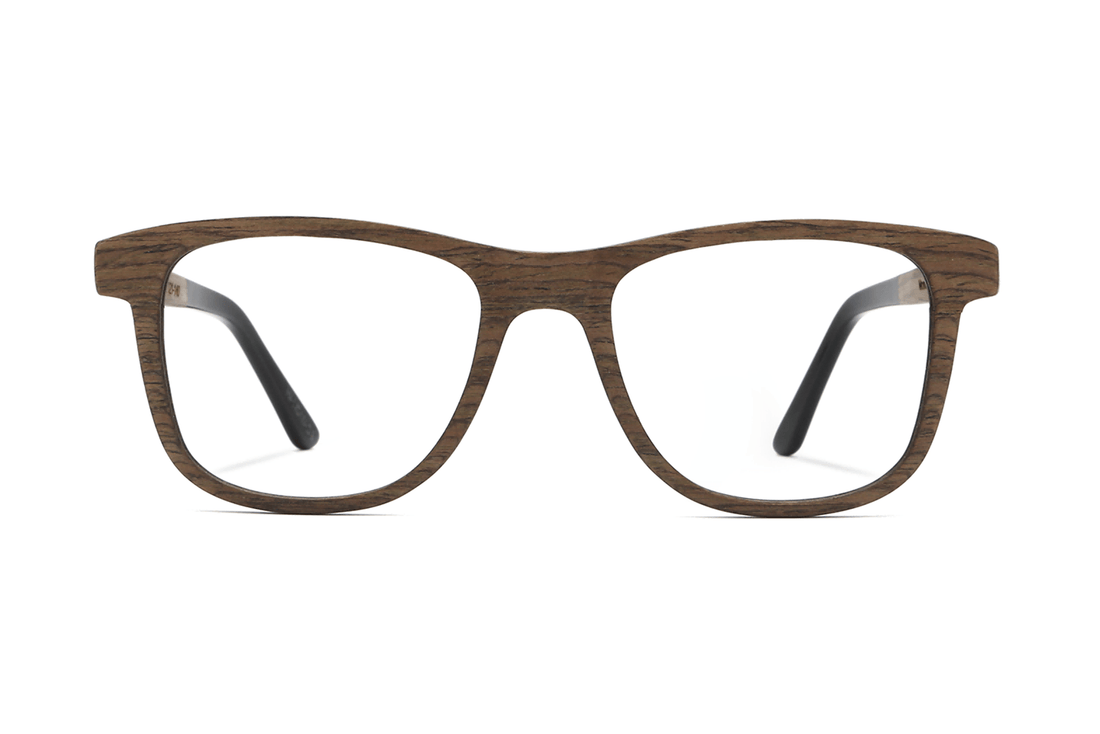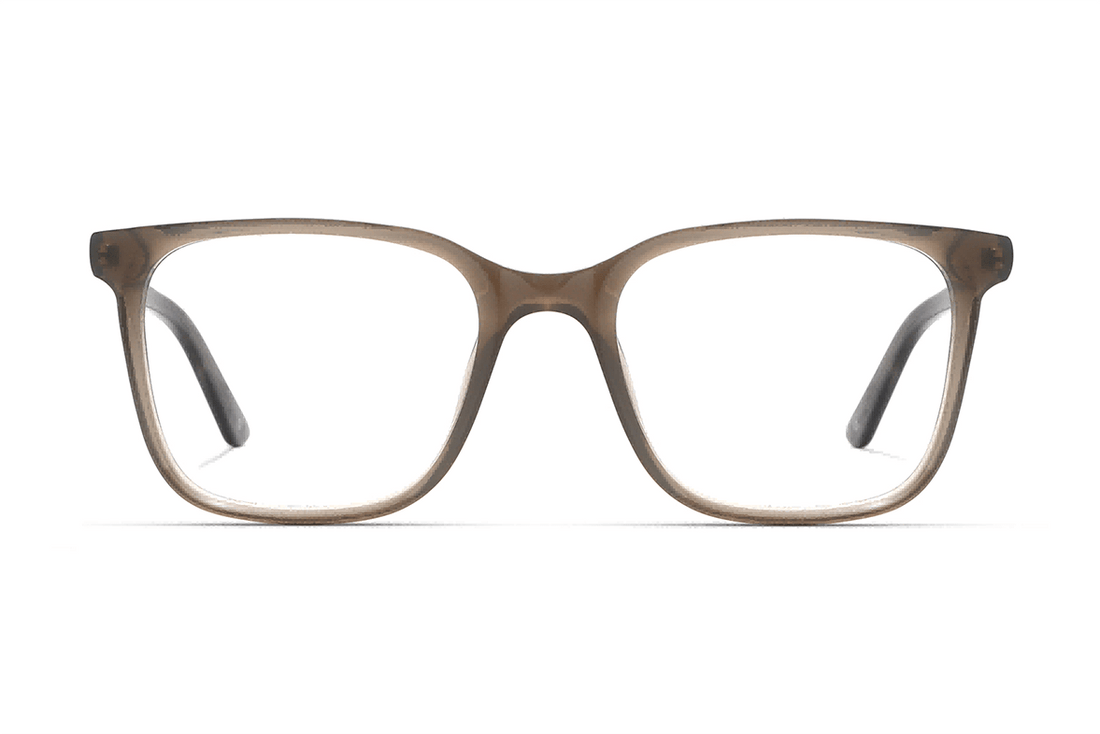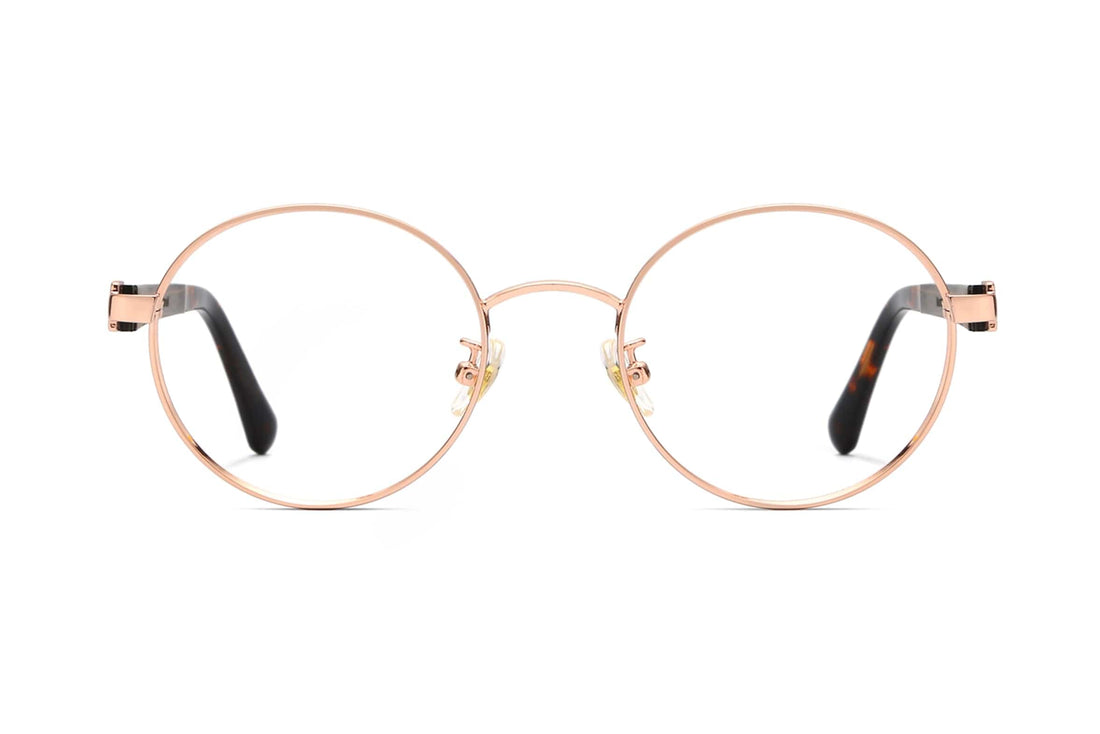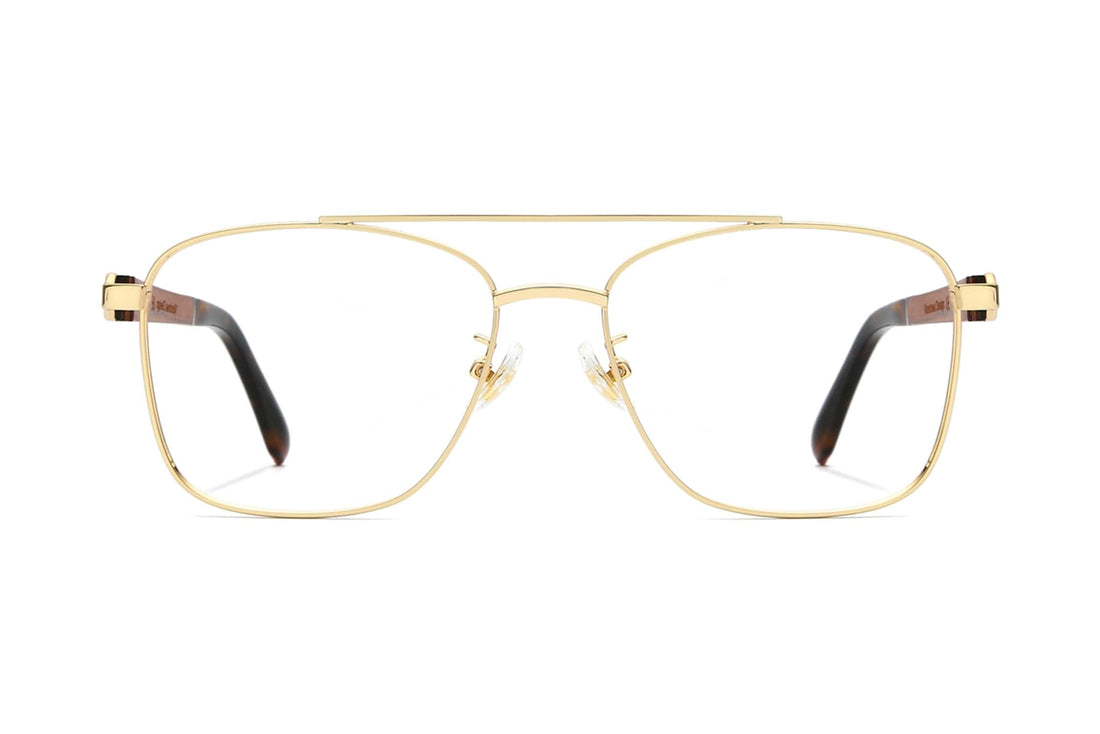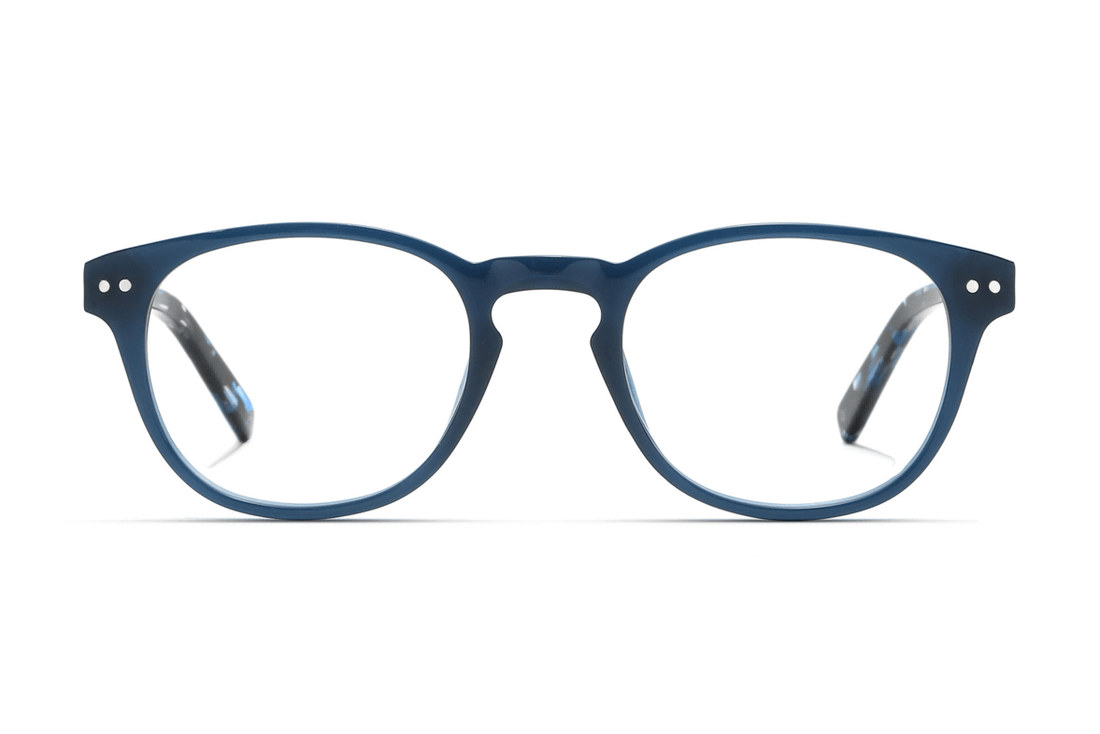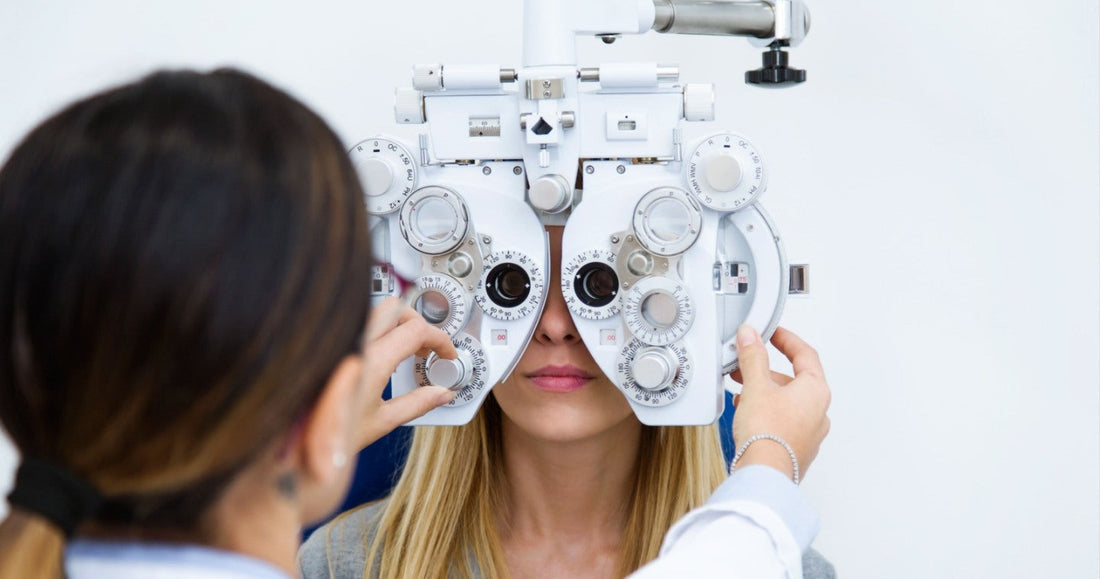
How Often Should You Get an Eye Exam? A Clear Guide for Every Age
How Often Should You Get an Eye Exam?
7 min read • Posted on 7 August 2025
When was your last eye exam? If you’re scratching your head trying to remember, you’re in good company. Eye exams tend to fall into that "I'll get to it" category for a lot of us—but they’re more important than you might think.
Eye health is more than just seeing clearly. A routine exam can catch hidden issues, fine-tune your prescription, and even give clues about your overall health. Whether you wear prescription glasses, contacts, or have 20/20 vision, knowing when to check in with your eye doctor matters.
In this post, we’ll guide you through how often you should get your eyes checked—by age, lifestyle, and health factors. No guesswork, just helpful insights to keep your vision sharp.
What you'll learn:
-
When to get an eye exam based on your age
-
Health and lifestyle factors that could shift your schedule
-
What actually happens during an eye exam
-
Easy ways to care for your eyes in between visits
How Often Should You Get an Eye Exam—Age by Age
So how often should you visit your eye doctor? It really depends on your age. Vision needs change as you grow, and so do the risks for certain conditions. Let’s take a look at the expert-backed guidelines.
For babies and young children, early screenings are crucial for catching vision issues before they impact development. As kids grow, yearly checks ensure they can see the board—and the world—clearly.
Children (0–18 years)
-
6–12 months: Time for baby’s first comprehensive eye exam.
-
Ages 3–5: One more exam before kindergarten to catch any issues early.
-
Ages 6–18: At least once a year—especially during school years when vision can change quickly.
Once you're into adulthood, things slow down a bit—unless you have risk factors or symptoms. Regular checkups during this stage help keep your vision in top shape and spot any early signs of strain or change.
Young Adults (18–39 years)
-
If you’re not experiencing any issues and have no known risk factors, every two years is okay.
-
However, the American Optometric Association now recommends annual exams for everyone 18–64 to catch issues early.
Things shift again in your 40s, when age-related vision changes start creeping in. Reading glasses may become your new best friend—and that’s totally normal.
Middle-Aged Adults (40–64 years)
-
Vision changes like presbyopia and risks for glaucoma or cataracts start popping up here.
-
Aim for yearly exams if possible. At the very least, every two years if you’re healthy and symptom-free.
And for older adults, regular visits are essential for independence and quality of life. Your optometrist becomes a key partner in keeping you seeing—and living—well.
Seniors (65+)
- Eye diseases become more common with age. Regular exams are crucial to maintaining vision and eye health.
- Best bet: Every year, or at least every two years if you're managing well.
Staying on top of your prescription is just as important—learn how often you really need to update your glasses for optimal eye health in this guide.
Health & Lifestyle Factors That Affect Exam Frequency
Age is a key piece of the puzzle, but it’s not the only one. Your health, habits, and even your hobbies can play a role in how often you should book an eye exam.
Let’s take a closer look at some of the most common factors:
Diabetes or High Blood Pressure
Both of these can affect the tiny blood vessels in your eyes and increase your risk of conditions like diabetic retinopathy or glaucoma. The American Diabetes Association suggests an annual dilated eye exam, and sooner if symptoms arise.
Family History of Eye Conditions
If close relatives have macular degeneration, cataracts, or glaucoma, you may need more frequent monitoring—every 1–2 years after age 40 is often suggested.
Wearing Glasses or Contacts
Even if your vision feels stable, your prescription can shift gradually. Optometrists usually recommend a check-up every 12 months for anyone using corrective lenses.
Lots of Screen Time
Spending hours staring at screens? You’re not alone—and digital eye strain is real. Follow the 20-20-20 rule (every 20 minutes, look 20 feet away for 20 seconds), and don’t skip your yearly eye exam.
Sun Exposure
UV damage isn’t just a skin concern—it affects your eyes, too. If you’re outdoors often, particularly in sunny areas, get your eyes checked every year or two.
Wearing Contact Lenses
Contacts require close monitoring. Most wearers should see their optometrist annually—sometimes more often if you're using hard lenses or have dry eyes.
These factors can sneak up on you, so it’s worth checking in with your eye care provider if anything feels different—or just to be safe.
What to Expect During a Routine Eye Exam
If it’s been a while since your last eye exam, or you’ve never had one, you might be wondering what exactly happens during the appointment. The good news? It’s quick, painless, and incredibly informative.
Here’s a breakdown of what’s typically included:
-
Health & Vision History: Your optometrist will ask about any vision changes, medications, and family eye health.
-
Visual Acuity Test: That classic eye chart—“read the smallest letters you can.”
-
Refraction Test: Helps fine-tune your prescription using various lenses.
-
Eye Muscle & Tracking Check: Assesses how your eyes move and work together.
-
Peripheral Vision Test: Evaluates side vision to catch signs of conditions like glaucoma.
-
Slit-Lamp Exam: Uses a special microscope to examine the front of your eye.
-
Eye Pressure Test: Checks for signs of glaucoma with a gentle puff of air or sensor.
-
Dilation (Sometimes): Drops widen your pupils so the doctor can inspect the retina and optic nerve.
-
Additional Testing: May include retinal imaging or visual field testing depending on your needs.
The whole thing usually takes under an hour—and can give you a clearer picture of your health than you might expect.
Tips for Maintaining Eye Health Between Exams
You don’t have to wait for your next appointment to start caring for your eyes. A few daily habits can go a long way in protecting your vision.
Use the 20-20-20 Rule
Give your eyes a break from screens. Every 20 minutes, look at something 20 feet away for 20 seconds.
Wear Sunglasses with UV Protection
Choose sunglasses labeled 100% UVA/UVB or UV400. Sun protection isn’t just for your skin—it’s key for your eyes. Take a look at the key factors you should consider when buying sunglasses
Eat for Your Eyes
Load up on leafy greens, carrots, citrus fruits, and omega-3-rich fish. These nutrients support long-term eye health.
Keep Contacts Clean
If you wear lenses, follow hygiene guidelines carefully—especially no sleeping in them unless they’re designed for it. Get our expert tips for keeping your eyewear in the best shape.
Stay Hydrated
Dehydration can lead to dry eyes. Drink water throughout the day and get plenty of rest.
Taking small, consistent steps helps ensure your eyes stay healthy in between check-ups.
Why Choose Kraywoods for Your Next Pair
Regular eye exams are important—but so is wearing glasses that help you feel great and see clearly. That’s where we come in. At Kraywoods, we design eyewear that’s as thoughtful as it is stylish:
-
All glasses come with free HD prescription lenses, included with every frame
-
Frames are lightweight, durable, and eco-friendly
-
Each style is handcrafted with premium materials, like acetate and natural wood
-
Whether you need readers or everyday opticals, we’ve got versatile styles for every face shape
If your recent eye exam revealed changes in your vision, or you’re just looking to upgrade your frames, browse our full eyewear collection for a pair that feels like you.
Frequently Asked Questions
How often should I get an eye exam if I wear glasses or contacts?
At least once a year is best, even if everything feels fine. It keeps your prescription current and monitors your eye health.
Can eye exams detect other health problems?
Absolutely. Eye doctors can catch early signs of diabetes, high blood pressure, and more during a routine exam.
I have good vision—do I still need an eye exam?
Yes! Many serious eye conditions don’t have symptoms at first. Exams help catch problems early.
When should my child first see an eye doctor?
The first exam should happen between 6–12 months of age, followed by another at age 3, and yearly once they’re in school.
What’s the difference between a vision screening and a comprehensive eye exam?
Vision screenings only check basic sharpness. Full exams look at eye health, muscle function, and internal structures.
Are online eye exams reliable?
They can help with simple renewals but aren’t a replacement for in-person exams. They miss key health markers only professionals can detect.
Final Thoughts: Prioritize Your Vision
Eye exams aren’t just for people with glasses—they’re a key part of staying healthy and catching problems before they become serious.
Whether you’re 7 or 70, keeping your exam schedule consistent is the best way to protect your sight. And when it’s time for new frames, remember Kraywoods offers stylish, eco-friendly options with prescription lenses included. Your eyes deserve the best—so give them the care they need.
Explore the full Kraywoods eyewear collection or dive into more vision care tips on our blog.
 Rayhan El-Asmar
Rayhan El-Asmar
